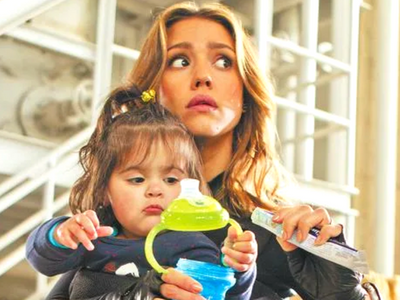How To Use Sight Words To Learn English With Kids

Learning English with children can be beneficial to you too. Despite the fact that young students prefer to avoid writing and reading tasks, they still need to practice grammar and vocabulary. “Sight words” can be really handy in this case.
“Sight words” are commonly used English words that can be easily remembered visually (that’s when the word “sight” plays its part). Even if your child has just started learning the English alphabet, you may start implementing some sight words into the study program. Children tend to memorize them as pictures or as a set of characters.
Many British and American programs offer a range of words for each level. For example, in kindergarten and elementary school, students learn the following sight words: a, and away, blue, two, up, on, etc. With the transition to other classes, the complexity of words increases.
The main goal of learning sight words is the ability to quickly find them in any text or a speech. Let's have a look at some teaching techniques for memorizing these words.
Listen And Sing Songs
No matter what age your child started learning English, introducing educational songs will always be helpful. There are many channels on YouTube that can help to learn and practice sight words. For example Heidisongs, Jack Hartmann, Little Fox.
Draw And Paint
If your child loves to draw, then you can turn their lesson into an exciting activity. There are many coloring pages with sight words on the web. Take advantage of the opportunity to repeat the names of the colors in English while choosing a palette for your future masterpiece. After typing a certain number of new words, you can also organize an exhibition of artworks, while repeating the pronunciation and meaning of each sight word.
Build Wordy Lego
Considering the level of the student, you can build words by syllables or sentences by words. Prepare flashcards with familiar vocabulary and a few sight words. Ask the children to help you color them. Then cut the word into syllables or letters. Shuffle the cutout puzzles and arrange them on the table in groups. For very young students, it is better to offer a sample word, according to which they will assemble your “constructor”. For older children, you can use audio tracks or keep the full words to make sentences using the same technique.
To learn more about useful teaching techniques, please visit this article.
Оставить комментарий
Для комментирования необходимо войти через ![]() Вконтакте
Вконтакте
